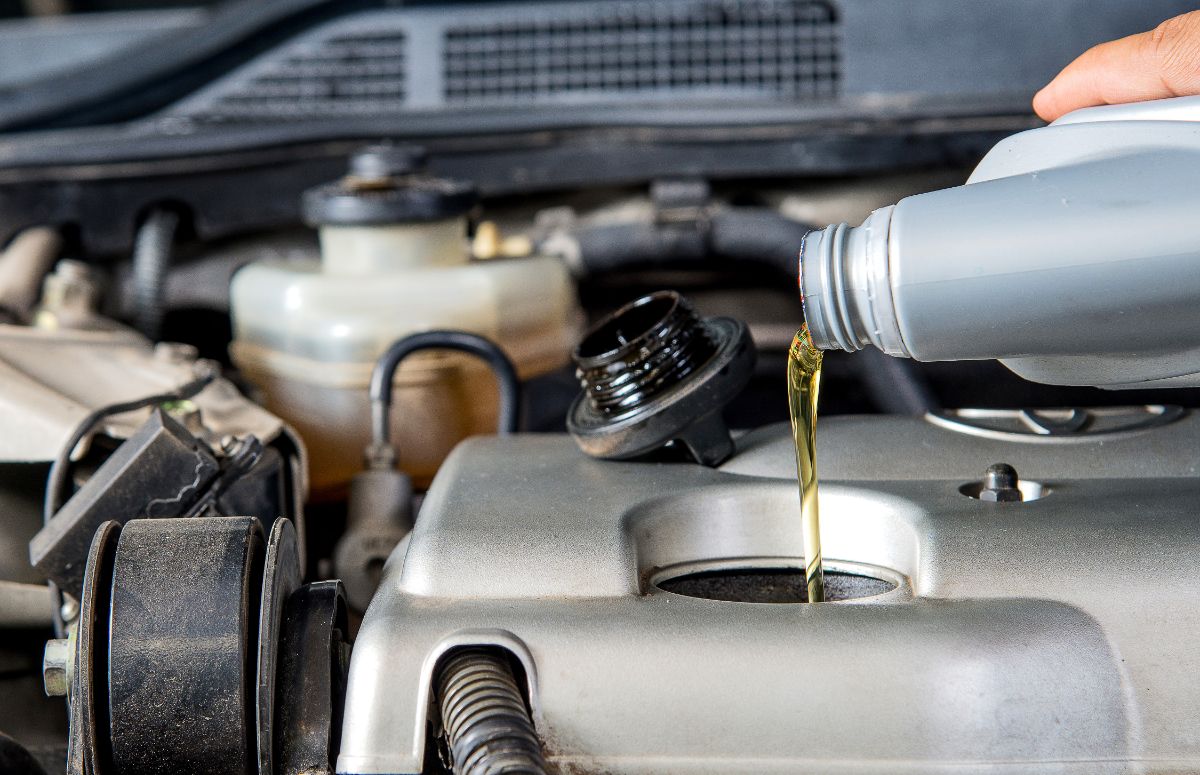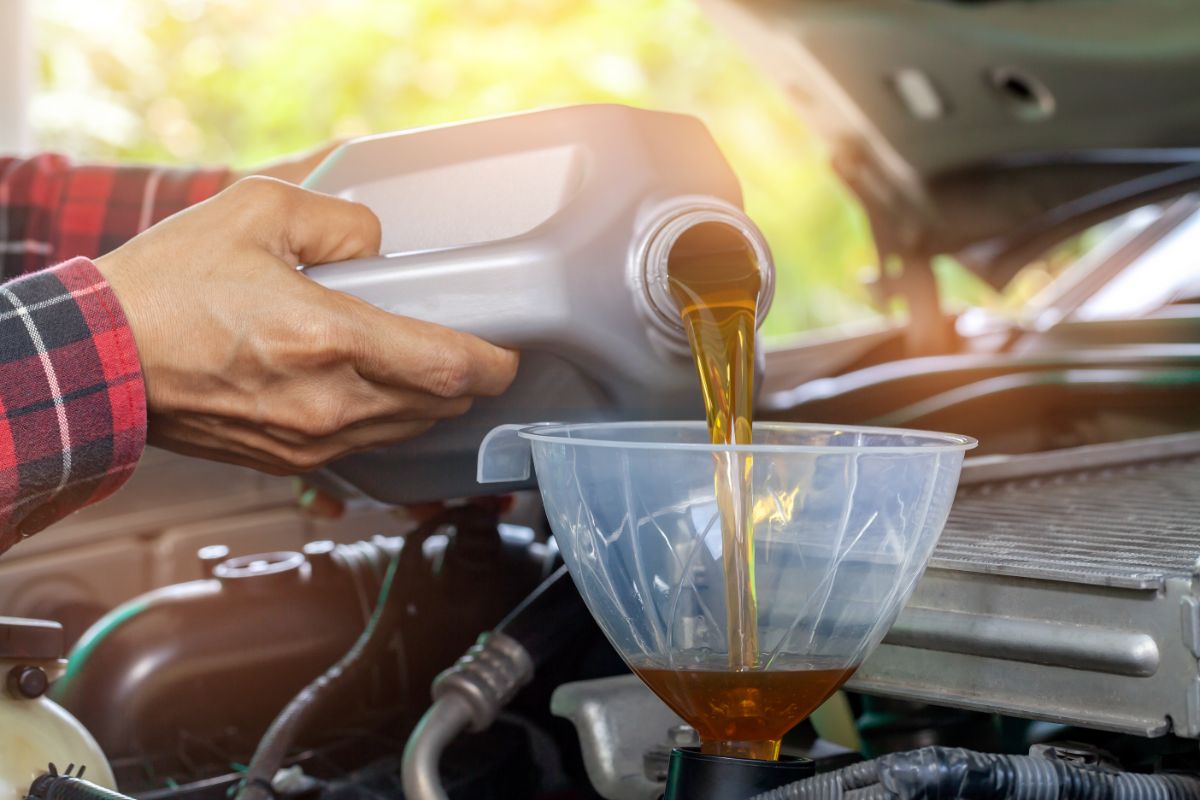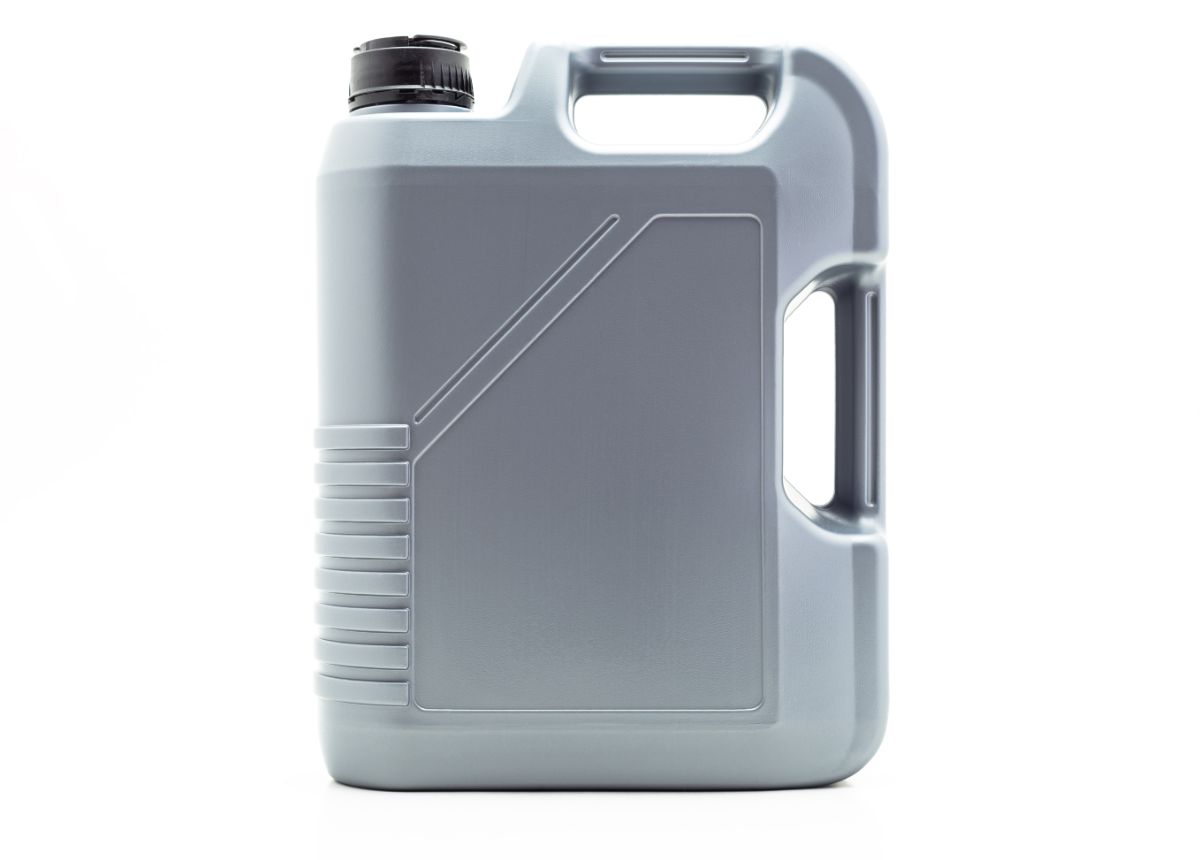What are the effects of using the wrong automotive lubricant?
- Under-lubrication
- Over-lubrication
- Voided automotive warranty
- Impacted performance and functionality
- Leaks and complete failures
We all know how vehicles use a variety of lubricants for their engines and other components to function as intended. With all the guides and informative posts out there, you should be able to make the correct decision on which automotive lubricants and fluids best fit your vehicle — but what happens when you don’t follow them and pick the wrong grade or product? In this post, we cover the six possible effects of using the wrong automotive lubricant.
Under-lubrication
The first and most likely effect is a lack of lubrication. It is also one of the easiest effects to spot, as proper lubrication is crucial to correct automotive maintenance. Due to the many functions of automotive oil, a lack of lubrication will make itself known very quickly.
Typically, you’ll notice excess heat and sound that will radiate from the inner reaches of your car. You may notice it while the vehicle is in use — it’ll feel unusually warm in your car, or you’ll hear a creaking, rattling noise from your engine for example. However, these signs may go unnoticed in a noisy facility or job site.
One sign of under-lubrication that can catch your attention even in a hectic environment is the smell of burning oil. This happens when the wrong grade of engine oil is used. When your vehicle starts and the engine heats up, some oil grades will react adversely to higher temperatures, losing their strength and becoming less viscous, which results in burning — hence the smell. If you smell smoke coming from your engine, stop your vehicle immediately and call your maintenance team.
Over-lubrication
On the other hand, too much lubrication is also a bad thing. Over-lubrication is common with the wrong grade or type of automotive lubricant. When the volume is too much, or the viscosity is too high, it could lead to poor flow. This could end up slowing down your engine and making it use more power to run. As a result, you may notice an abrupt decrease in fuel economy.
Additionally, too thick lubricants and over-greasing could cause a buildup within moving components. Eventually, this could develop into a full-on jam, which means you need additional maintenance and downtime to clean and repair your vehicle.
Additionally, over-lubrication can lead to seal failure. This is because a lubricant that is too viscous for the application can increase pressure within the machinery. This ends up damaging smaller components like bearings.
Voided automotive warranty
Not only can using the wrong lubricant lead to system damage, but it will also void the vehicle’s warranty. Vehicle manufacturers will outline the specific types, grades, and figures of lubricant you should use for the vehicle. These guidelines are not a suggestion — they should be taken seriously, as they are the best options for your vehicle.
Deciding to deviate from these guidelines will mean that whatever damage occurs to your vehicle is your doing, and therefore not covered by the manufacturer’s warranty. Money for repairs or replacement will have to come from your business’ budget.
Impacted performance and functionality
Using the wrong lubricants for your transmission systems can also cause similar issues as using the wrong engine oil. In this case, you’ll experience impacted performance and functionality in the components of your transmission system. These can crop up as issues with wear, corrosion, overheating — which all ultimately lead to system failure.
This is because the wrong transmission lubricant will either be too thick or too thin. When it is too thick, it won’t flow as easily, which increases the risk of metal-on-metal contact. When the lubricant is too thin, it will not have the resistance required for your transmission system, leading to shorter lubricant life and inadequate lubrication. Both instances will negatively affect your transmission system.
Leaks and complete failures
Aside from picking out the wrong grade or type of lubricant for your vehicle, you could make the mistake of mixing the wrong kinds of lubricant (or mixing in additives you shouldn’t).
Doing this can be just as damaging to your vehicle’s systems as using the wrong lubricant. The most common mistake is mixing synthetic and mineral-based lubricants. Mixing these two types may result in the loss of performance and protective features that each offers.
Furthermore, when you try to combine two incompatible lubricants, you are at risk of creating a damaging formula. This mixture is more likely to expand or shrink system seals, which will cause major engine problems — leading to oil leaks and even complete engine failure.
Similar problems may happen when certain additives are added to lubricant products. This will push the figures and properties of the lubricant past the manufacturer-specified range. The mixture may also be unstable, which means the viscosity is not reliable and will not be appropriate for use on your vehicle.
Key Takeaway
Will all the damaging effects of using the wrong automotive lubricant, tossing caution, and to the wind when picking lubricants could be disastrous for you and your vehicle. If you are concerned that you made the wrong choice, contact Lubri-Chem today.
Our team of technical specialists and our LubeAnalyst services can check if your system components and their lubricants are functioning well. If not, we also assist in picking the right lubricants for your automotive needs — don’t hesitate to reach out!







